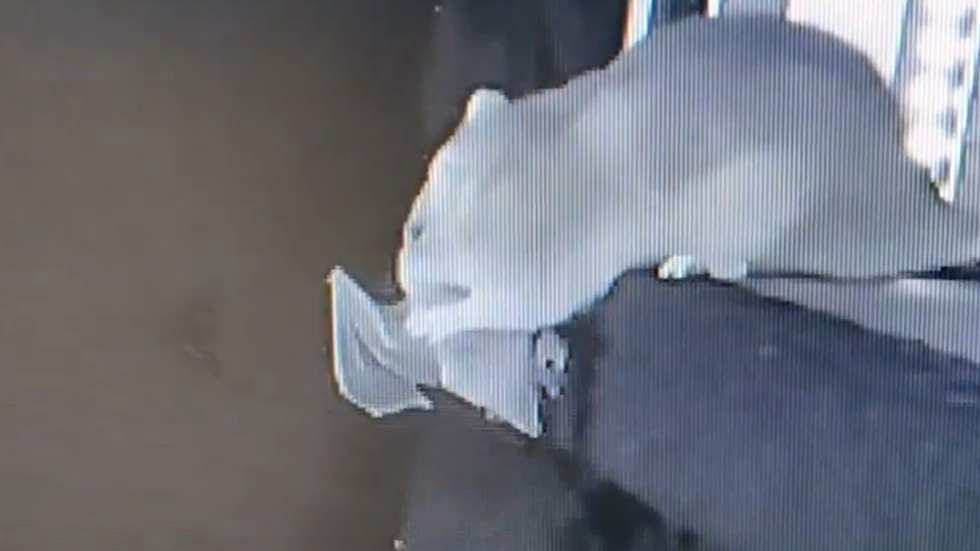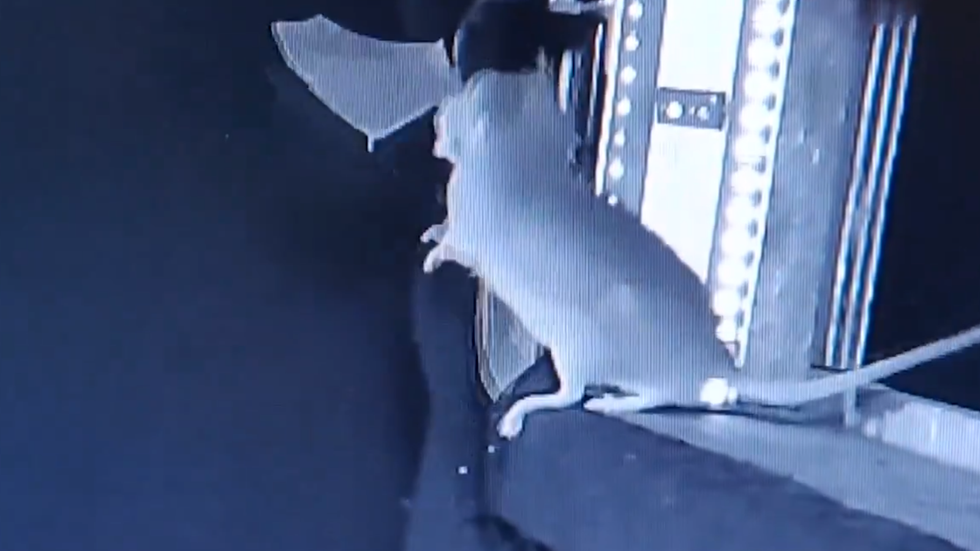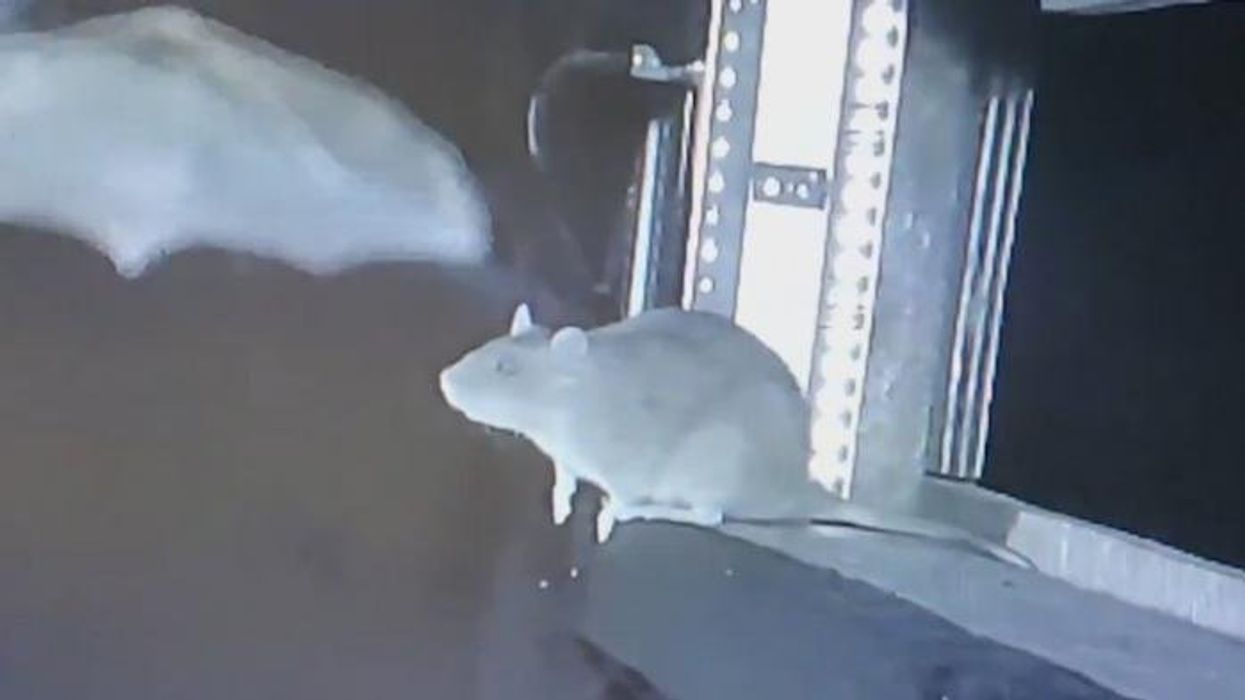Pandemic 'spillover' fears as rats seen eating 'diseased' bats for very first time
Scientists fear close contact between two of the world's most potent disease-carriers is a worrying sign
Don't Miss
Most Read
Trending on GB News
Pandemic fears have risen after rats were seen catching and eating bats for the very first time.
The newly-discovered behaviour was captured on video and described in a study published in the journal Global Ecology and Conservation.
Scientists believe the close contact between two of the world's most deadly "disease-vectors" is a worrying sign for what could be to come.
Florian Gloza-Rausch, a biologist at the Museum of Natural History in Berlin and the lead of author of the report, said: "To our knowledge, this type of rat behaviour has not previously been documented scientifically."
TRENDING
Stories
Videos
Your Say
Although the study did not specifically investigate the transmission of diseases, the researchers stressed the potential for deadly pathogens crossing over between the two species.
The authors wrote: "Such interactions may facilitate spillover of bat-associated pathogens to rodents, potentially altering disease dynamics and expanding transmission opportunities to humans and domestic animals."
Bats make up around 20 per cent of all mammal species on the planet and are known to host a wide range of diseases including coronavirus, rabies and Ebola.
Similarly, rats are incredibly widespread - living on every continent except Antarctica - and live in close proximity to humans.

Scientists believe the close contact between two of the world's most deadly disease-vectors is a worrying sign for what could be to come
|X
In order to capture footage for the study, scientists set up night vision cameras at the entrances to two major urban bat colonies in northern Germany.
One was inside a cave near an open-air theatre in the town of Bad Segeberg, and the other was in a rocky outcrop in a public park in Luneburg.
Around 30,000 bats live in the cave in Bad Segeberg through the winter.
The cameras collected footage of brown rats hunting the bats as they exited the cave on 30 different occasions, 13 of which were successful.
PANDEMIC FEARS - READ THE LATEST:

The cameras collected footage of brown rats hunting the bats as they exited the cave
|X
Researchers also discovered the remains of 50 bats, some of which had not been completely eaten, around the colony.
Scientists wrote: "Rats were frequently observed patrolling the landing platform at the cave entrance.
"They were standing upright on their hind legs, using their tails for balance and raising their forelegs to intercept flying bats.
"Individuals were documented capturing bats mid-air, killing them immediately with a bite and dragging them away."

Scientists set up night vision cameras at the entrances to two major urban bat colonies in northern Germany
|X
The rats were all seen hunting at night, and researchers believe the rats sensed the air currents moving due to the bats' wings, or felt for their prey with their whiskers, as the rodents have bad eyesight.
Although the cameras did not capture any footage of successful hunts at the site in Luneberg, scientists did find bat carcasses, suggesting rats do hunt the flying mammals there as well.
As well as mentioning the potential for disease "spillover", the authors also expressed concern that the rats, which are not a species native to Germany, would do serious harm to the local bat populations.
More From GB News











